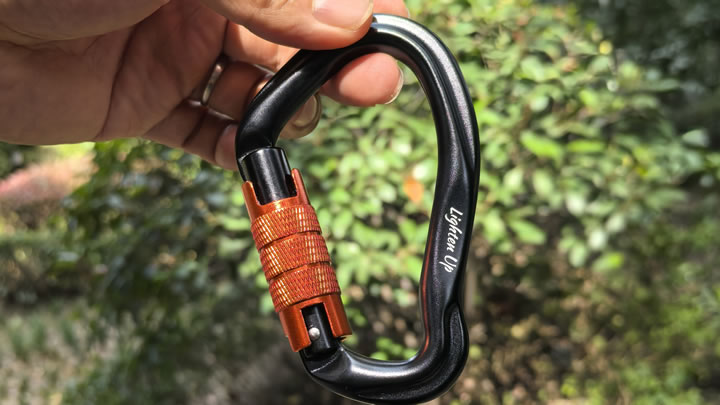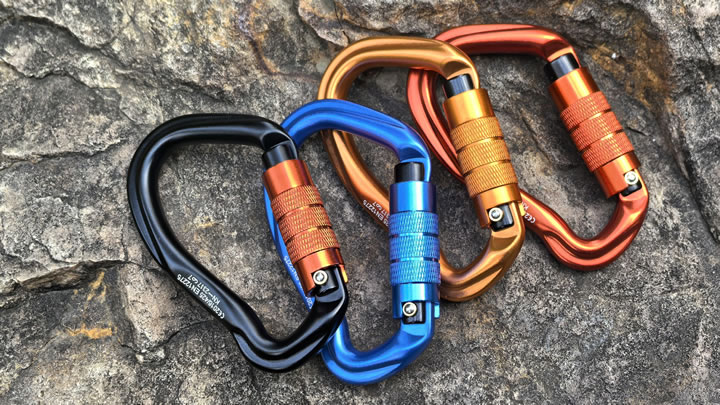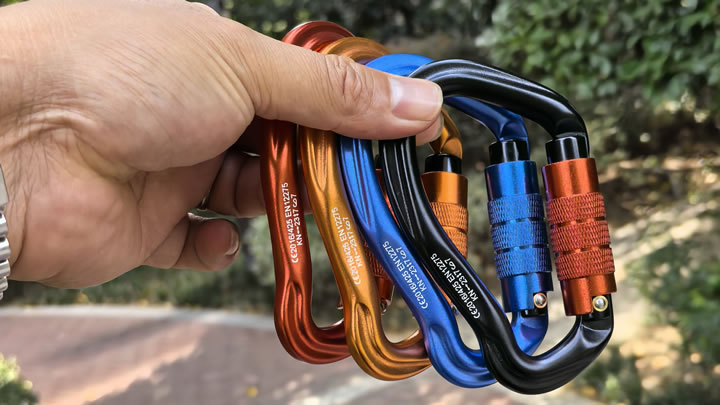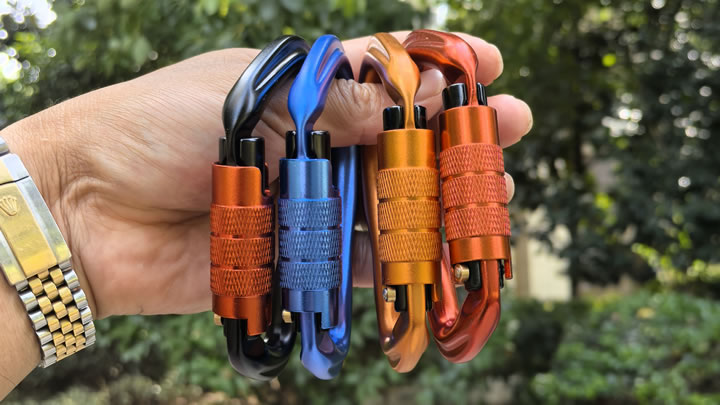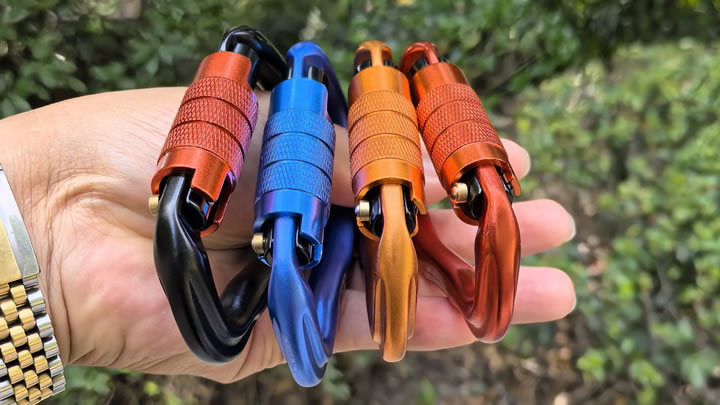How long does a nylon hammock last outdoors?
Nylon hammocks are a go-to for outdoor enthusiasts, but their lifespan depends on material quality, usage habits, and environmental conditions. While no hammock lasts forever, understanding how to maximize nylon’s durability ensures years of reliable comfort. Let’s break down the factors that influence longevity and how to stretch your hammock’s lifespan to the fullest.

1. Key Factors Affecting Outdoor Lifespan
Material Quality
- Denier (D) Rating: Thicker nylon (e.g., 70D–100D) resists abrasion and UV damage better than lightweight 30D fabrics.
- UV-Resistant Coatings: Hammocks treated with UV inhibitors last 2–3x longer in sunny climates.
- Reinforced Stitching: Double-stitched seams and durable loops prevent fraying under stress.
Environmental Stressors
- UV Exposure: Direct sunlight degrades nylon fibers over time, causing fading and brittleness.
- Humidity/Moisture: Prolonged dampness (without drying) weakens fibers and attracts mold.
- Temperature Swings: Extreme heat or cold can reduce elasticity and tensile strength.
Usage Patterns
- Frequency: Daily use shortens lifespan faster than occasional weekend hangs.
- Weight Load: Consistently exceeding the capacity strains seams and fabric.
- Storage Habits: Leaving the hammock outdoors year-round accelerates wear.
2. Average Lifespan Estimates
- With Minimal Care: 1–3 years (left outdoors, exposed to elements).
- With Basic Maintenance: 3–5 years (occasional cleaning, seasonal storage).
- Optimal Care: 5–10+ years (UV protection, proper storage, and repairs).
Pro Tip: Rotate between two hammocks to reduce wear if used daily.
3. How to Extend Your Hammock’s Life
Combat UV Damage
- Use a Protective Tarp: Blocks 90% of UV rays when hung above the hammock.
- Choose Neutral Colors: Light grays or greens reflect sunlight better than dark hues.
- Apply UV Spray: Reapply a UV-protectant coating annually.
Prevent Moisture Buildup
- Dry Thoroughly: After rain or washing, air-dry in shade before storing.
- Avoid Ground Contact: Hang high enough to prevent splashes or dirt accumulation.
- Store in a Breathable Bag: Use mesh or cotton sacks instead of plastic.
Smart Usage Practices
- Follow Weight Limits: Most nylon hammocks hold 300–500 lbs; check labels.
- Hang Correctly: Use a 30-degree sag angle to distribute weight evenly.
- Clean Gently: Handwash with mild soap to preserve water-resistant coatings.
4. Signs It’s Time to Replace Your Hammock
- Frayed Edges/Seams: Visible thread wear increases tear risk.
- Brittle or Cracked Fabric: Indicates UV degradation.
- Persistent Odors: Mold or mildew deeply embedded in fibers.
- Loss of Elasticity: Sagging remains even when unweighted.
5. Nylon vs. Other Outdoor Hammock Materials
- Cotton: Lasts 1–2 years outdoors; rots in humidity.
- Polyester: 3–5 years but stiffens over time.
- Nylon-Polyester Blends: Balance durability (4–7 years) with flexibility.
Sustainability Note: High-quality nylon hammocks reduce waste by outlasting cheaper alternatives.
6. When to Invest in Premium Options
For heavy outdoor use, consider:
- Marine-Grade Nylon: Treated for saltwater and UV resistance.
- Double-Layered Designs: Extra fabric reduces stress on individual layers.
- Replaceable Parts: Hammocks with removable straps/loops allow component upgrades.
Final Verdict
A well-maintained nylon hammock can last 5–10 years outdoors, outperforming cotton and polyester in durability. By shielding it from UV rays, avoiding overload, and storing it properly, you’ll enjoy countless hangs in the backyard, at camp, or on the trail. Remember: Quality matters—invest in high-denier, UV-treated nylon, and your hammock will reward you with seasons of relaxation.

